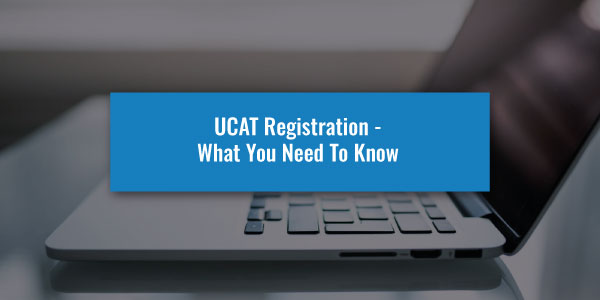In my time as an LNAT tutor, I have found that one of the types of questions that students have most difficulty grasping is that which concerns assumptions.
This article will be dedicated to going over the correction approach to assumption questions in the LNAT paper.
So, you open up an LNAT test paper and are confronted with the question: ‘which of the following is an assumption made by the author?
How do you go about answering such a question? First, we need to have a clear grasp of the definitions of the concepts of premise, conclusion and assumption. A premise is, put simply, a reason which is designed to support a viewpoint. A conclusion is that viewpoint.
For example, take the following argument: ‘London has the greatest number of tourist attractions. Therefore, London must be the most popular city for tourists.’ In this argument, the premise –the reason – is that London has the greatest number of tourist attractions. The conclusion – the viewpoint the reason is designed to support – is that London is the most popular city for tourists.
Now we come to the meaning of the term ‘assumption’.
An assumption is a gap between the premise and the conclusion. It is a missing step in reasoning which is needed in order to ensure that the premise logically supports the conclusion. In the argument above, the assumption is that the number of tourists a city receives is determined by the number of tourist attractions it contains. Were the above statement false, then it would not follow from the very fact that London has the greatest number of tourist attractions that London is the most popular city for tourists.
Answering an assumption question requires regard, thus, for the two following rules:
- An assumption must be unstated or unreasoned.
- The statement that is assumed must be true in order for the premise to logically support the conclusion.
If a statement in one of the five options given for a question has no bearing on the ability of the premise to support the conclusion, then it is not an assumption of the author’s argument. Also note that you will, of course, need to identify the premise(s) of an author’s argument as well as the conclusion in order to identify the assumption made by the author.
Need some extra help when it comes to the LNAT?
We can help – our Law Programme has proven success with 63% of our students getting their Oxbridge place. Interested in tripling your chances of success?







